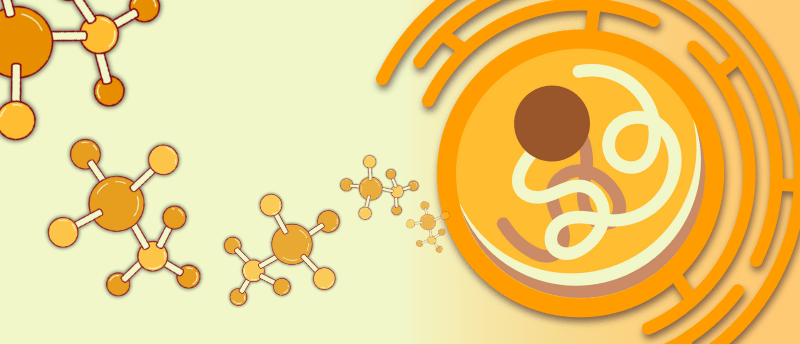Go soft or go home: the softer the protein, the faster its nuclear entry

Researchers have found that the stability of a protein next to its nuclear localization signal sequence impacts the rate of its entry into the nucleus.
Recent research from The Francis Crick Institute and King’s College London (both London, UK) led by Sergi Garcia-Manyes, who holds positions at both institutions, has revealed that the mechanical flexibility of proteins at specific points in their structure can impact the ease with which they enter the nucleus. Revealed using cutting-edge optogenetic methods, this research could lead to dramatic improvements in the nuclear targeting and transport of therapeutics.
The translocation of proteins from the cytoplasm to the nucleus and vice versa via the nuclear pore complex is a commonplace component of cell mechanics that enables proteins such as transcription factors to control gene expression. It is understood that the size and composition of proteins impacts this transport, but how their mechanical properties impact the process remains to be elucidated.
To address this gap in our understanding, the researchers developed an optogenetic test to explore the factors impacting the nuclear translocation rate of the protein Ig27 and its two mutants, Ig27V13P and Ig27Y9P, within a polymer complex. The point mutations responsible for these variants lead to significant changes in the mechanical stability of the protein, without interfering with its primary or secondary structure. Where the Y9P mutation makes the protein more stable, the V13P mutation decreases the stability of the protein. These protein variants were then incorporated as the ‘cargo’ into a polymer between a nuclear localization signal (NLS) sequence and mCherry, which provided a fluorescent readout for the location of the protein. The mCherry was subsequently bound to a LEXY probe, designed to reveal a nuclear export signal on exposure to blue light. This polymer complex, NLS-Ig27-mCherry-LEXY, would therefore accumulate in the nucleus before being illuminated by blue light, after which it would be expelled into the cytoplasm.
 Meet the protein that drives nerve damage in traumatic brain injury
Meet the protein that drives nerve damage in traumatic brain injury
Researchers have uncovered the protein responsible for driving nerve damage following injury, revealing a potential treatment for traumatic brain injury.
The team first tested the impact of the point mutations on the transport of NLS-Ig27-mCherry-LEXY complexes that contained just one monomer of Ig27 and its variants, transfecting U2OS cells and observing the nuclear translocation of the complexes using a confocal Nikon A1R inverted microscope to conduct live-cell imaging. This initial experiment demonstrated that, as suspected, there was a negative corelation between the stability of Ig27 and the rate of nuclear entry of the complex into the nucleus. The rate of expulsion from the nucleus following blue light illumination was not impacted by Ig27 stability.
Subsequent experiments that increased the number of Ig27 monomers in the NLS-Ig27(n)-mCherry-LEXY complex revealed that the mechanical stability of the first protein in the Ig27 chain closest to the NLS, referred to as the leading protein, had the biggest impact on the rate of nuclear entry.
Following on from this discovery, the team observed the impact of adding a monomer of the mechanically soft protein R16 in between the NLS and each variant of Ig27, again in complex with mCherry and LEXY. Despite more than doubling the mass of the cargo, the addition of R16 did not slow the import of the complexes containing the Ig27 wild type or the more flexible Ig27V13P, and it even accelerated the rate of import of the stiffer Ig27Y9P-containing complex.
These remarkable results inspired the team to devise a ‘soft tag’ that could be added near to the NLS of stiffer proteins and tested its impact on the transcription factor MRTF, enabling its significantly increased rate of translocation into the nucleus.
The implications of this research for drug development are clear: to improve the delivery of protein-based drugs to the nucleus of cells or control the import of specific transcription factors to improve target gene expression. Garcia-Manyes highlighted this, saying, “we’ve made a fundamental discovery that the mechanics of a protein – how soft or stiff it is in the region that leads translocation – control its entry into the cell’s nucleus. Although we only looked at the nuclear pore, this mechanism could regulate entry into other parts of the cell, such as the mitochondria or proteasomes. Knowing that a more flexible protein can enter the nucleus quicker could help us design more targeted drugs.”